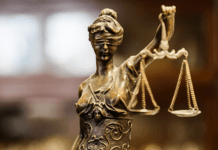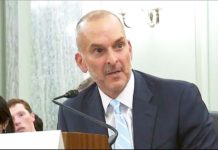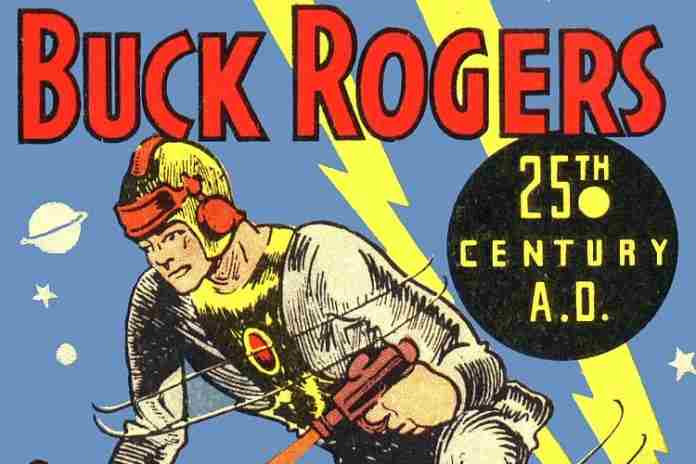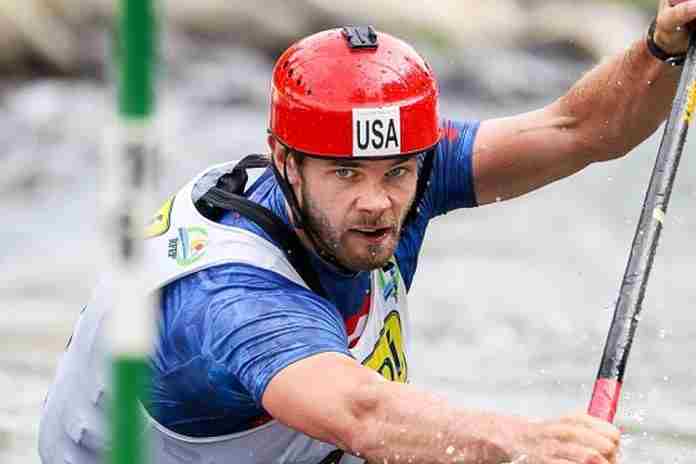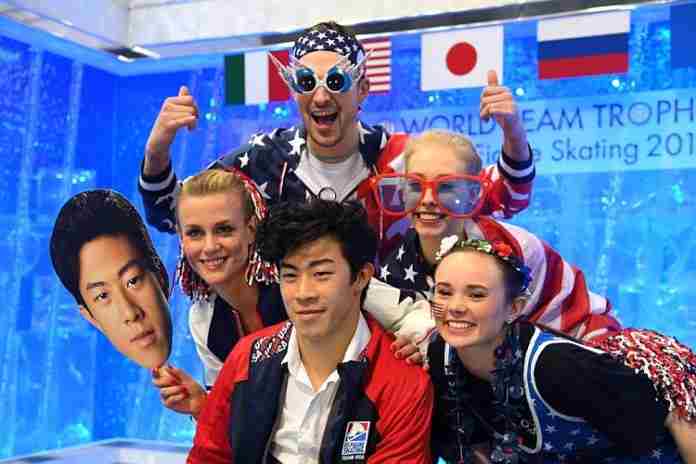There appears to be considerable momentum in the fight against doping in the aftermath of the exposure of the Russian doping program beginning in 2015. The testing program and investigative arm of the World Anti-Doping Agency continues to grow, the new International Testing Agency promises to provide a completely independent process of doping control for sports worldwide and national anti-doping agencies are showing better organization.
But the entire worldwide program rests on one element which is hardly guaranteed: money.
The International Olympic Committee will hold its largest-ever International Athletes Forum this weekend in Lausanne (SUI), with several hundred athletes attending with a full slate of discussion topics, with doping among them.
It’s a surety that the athletes at the Forum will unanimously demand “clean sport” and that competitions should be free of doping. This is easier said than done; consider that even after the wide publicity over the hundreds of doping positives from the IOC’s re-testing of samples from the 2008 and 2012 Olympic Games, a major bust of a blood-doping ring took place in February and March, including a raid on five athletes at the FIS World Nordic Skiing Championships in Seefeld (AUT). The Austrian and Germany authorities involved have indicated that at least 21 athletes in five sports from Austria, Croatia, Estonia, Finland, Germany Italy, Sweden, Slovenia, South Korea and the U.S. were involved.
Against this background, the World Anti-Doping Agency held its “Athlete Session” of the WADA Annual Symposium in Lausanne on 13-14 March, during which support for the WADA “Anti-Doping Charter of Athlete Rights” was discussed and promoted. The basic concept is expressed in Article 1 of the Charter:
“To equal opportunity in their pursuit of sport to perform at the highest potential level in both training and competition, free of participation by other Athletes who dope, or Athlete Support Personal, Sport Officials, Sport Administrators, or Anti-Doping Organizations that otherwise violate anti-doping rules and requirements.”
The rest of the Charter promises fair testing programs, rights to hearings, working whistleblower programs, education, more representation within WADA, and, importantly, to
“[A]n independent WADA appointed Athlete Ombudsperson that shall have the power to advise, report and make recommendations so as to protect Athletes and their rights in relation to this Charter and all anti-doping matters. These services shall be free, confidential, independent and a mechanism will be put in place to allow such communication. The ombudsperson shall report to the WADA Athlete Committee.”
This is all fine, but who is paying for all this? As the Association of Summer Olympic International Federations noted in its Future of Global Sport report released at the end of February, “[A]round half the IFs may be said to have a significant reliance on IOC revenues, that is more than 25% of their revenues coming from their Games revenue share [of television rights sales] in any four-year cycle, with more than a third relying on Games revenue share for over 45% of their income.”
The International Olympic Committee is already paying about half of the World Anti-Doping Agency’s annual budget, and by its payments to the International Federations from its television revenues, is indirectly paying more.
Renee Anne Shirley, who served for eight months as the Executive Director of the Jamaican Anti-Doping Commission (JADCO) in 2012-13, is an outspoken observer of doping in sports and holds nothing back in her often-scathing Twitter feed. On Wednesday, she laid out the funding issue with clarity (Tweets numbered only for reference):
(1) The global anti- doping model has to change. The NADO structure has to be revisited.
Sport want Govts to dole out more & more money & resources to police sport competition corruption/cheating. This isn’t an essential govt service for betterment of its citizens!
(2) Athletes want more say at the WADA table…OK no problem. But go find alt source of $ to fund your dreams. Govts can’t budget ever-increasing $ to police sport rules when they can’t cover basic govt services/life+death needs of citizens. NADO funding needs to come from elsewhere!
(3) This is feel good stuff…Flying nat’l flags at OLY Games is about making ctries’ citizens feel good/superior to others…Winning is a powerful feeling but the price to be paid under current WADA structure is unsustainable. Govts can’t keep up w/ pretense that they can afford this.
(4) Setting up a NADO wasn’t/isn’t a glamorous proposition. The struggles to keep funds flowing is a draining process & why ppl just go w/ the PRspin flow pretending that resources are available to do investigations, expensive testing that catches no one + adequate edu/info resources.
(5) This is the painful conversation that everyone is avoiding. Fans/media want to focus on pretense that testing works, that a couple former cops w/ limited resources can catch well-funded cheats using hidden cameras+ whistleblowers…TV reality shows images re catching dopers.
(6) When Aths go far away to train in off-season in remote/hard to reach locations to train/dope NADOs can’t test. IFs don’t want their stars to be caught so testing gets done in-season using the ineffective but cheapest tests+ABP suspicious follow-up isn’t targeted to catch cheats.
(7) All the tinkering with “governance” reform at WADA misses the sheer ineffectiveness of the global AD structure. Nothing in the paper pushing or political fights can lead to Govts forking out more money to pretend that sport cheating is viable & we get value for scarce $ spending.
(8) Also the so-called compliance audits like the current RUS doping saga can’t bring Govts to their knees. The pretense and hypocrisy that surrounds the media-hype is simply hot air.
Govts won’t fork out more money…They are ok with creating PR optics but don’t expect more funds.
So this weekend, the IOC’s athlete conclave will surely demand more representation for athletes, more funding to prevent doping, and following the lead of a German group, more athlete funding in one form or another.
But even the IOC’s resources are not infinite and it’s worthwhile to remember that in today’s financial environment – as Shirley noted – it would be difficult to hold an Olympic Games without the IOC providing more than $1 billion in support of every Games directly to organizing committees, the largest percentage of what the IOC pays out.
In order to get to where the athletes say they want to go – in the WADA Anti-Doping Charter of Athlete Rights – what should be discussed is under what conditions athletes will accept multi-national corporate sponsorship of anti-doping programs, just as the IOC created its Games-focused worldwide sponsorship program back in 1985.
Why? Because the obvious supporters of clean sport should be the health-care industry worldwide. The consulting firm Deloitte has estimated that global health care is a $7.7 trillion (U.S.) business today and will grow to $10.0 trillion (U.S.) by 2022.
Until sustainable funding comes to the anti-doping movement – and Shirley’s warning shows the danger of depending on governments – it will continue to struggle to level the playing field.
One of the most memorable lines of the 1983 film “The Right Stuff” about the early days of the U.S. space program came near the start when the Air Force press liaison officer said to the pilots, “You know what really makes your rocket ships go up? … Funding. That’s what makes your ships go up. I’ll tell you something, and you guys, too. No bucks, no Buck Rogers.”
Good advice for athletes demanding a doping-free future … who have no way to pay for it.
Rich Perelman
Editor














